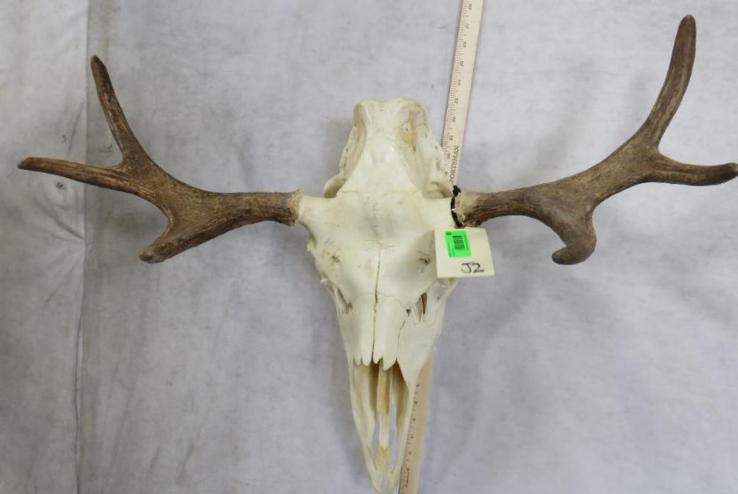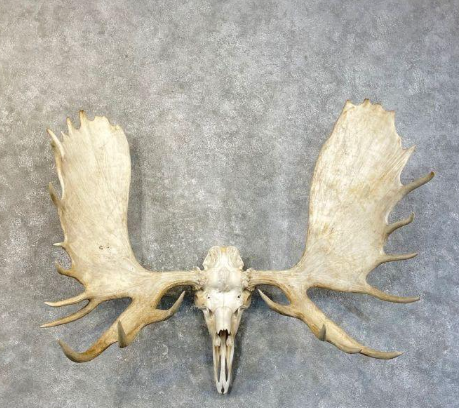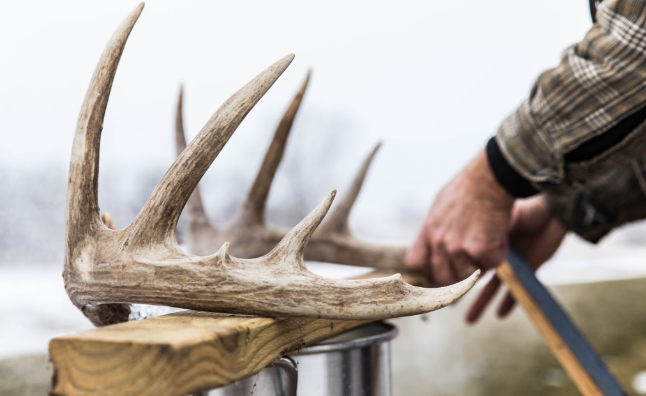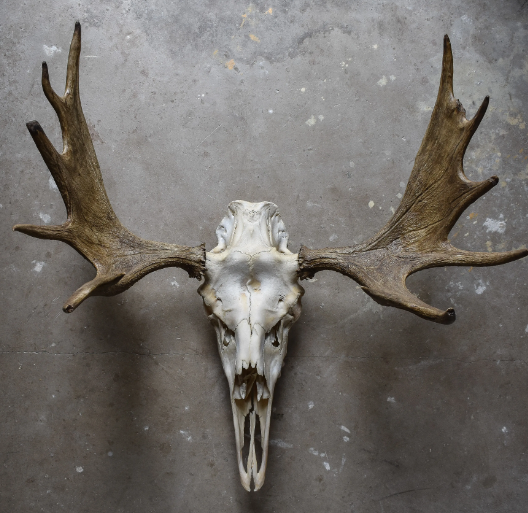Moose skull taxidermy is a fascinating and often misunderstood art form that captures the essence of these majestic creatures. As people become more aware of wildlife conservation and sustainable practices, the appeal of responsibly sourced taxidermy has grown significantly. This article sheds light on the process, significance, and artistic aspects of moose skull taxidermy.
Understanding Moose Skull Taxidermy
Moose skull taxidermy involves carefully preserving the skull and antlers of the moose, an animal known for its impressive size and distinct features. Often sought after for decoration or educational purposes, this method requires a deep understanding of anatomy and biology. Skilled taxidermists utilize various techniques to clean, preserve, and mount the skull, ensuring it retains its natural beauty. The end result can serve as a striking focal point in homes or museums, promoting appreciation for nature and wildlife.
The Taxidermy Process: Steps and Techniques
The process of creating a moose skull mount begins with the careful preparation of the skull. This generally involves initial cleaning to remove any flesh or fat, followed by boiling or maceration to fully expose the bone. Taxidermists often use a whitening agent like hydrogen peroxide to enhance the skull’s appearance after it has been cleaned. Once the skull is ready, it’s strategically mounted on a plaque or displayed on its own, allowing its unique characteristics to shine through. Each step requires precision and attention to detail to ensure a long-lasting and visually appealing piece.
Cultural Significance and Conservation
Moose skull taxidermy also holds cultural significance in many communities, particularly among Indigenous groups who have traditionally used every part of the animal. Beyond aesthetic value, these mounts can serve as educational tools to raise awareness about wildlife conservation. By showcasing the grandeur of moose, taxidermy can inspire respect for these animals and the ecosystems they inhabit. Additionally, when sourced responsibly, taxidermy practices can promote sustainable interactions with wildlife, ensuring that appreciation for these magnificent creatures goes hand in hand with their preservation.
In conclusion, moose skull taxidermy is more than just a creative endeavor; it is a blend of art, science, and cultural history. Whether you’re considering adding a unique piece to your collection or simply wishing to learn more about wildlife conservation, exploring this topic can deepen your appreciation for nature. Take the next step by visiting local taxidermy exhibits, engaging with professionals, or reading more about sustainable practices in wildlife management.




